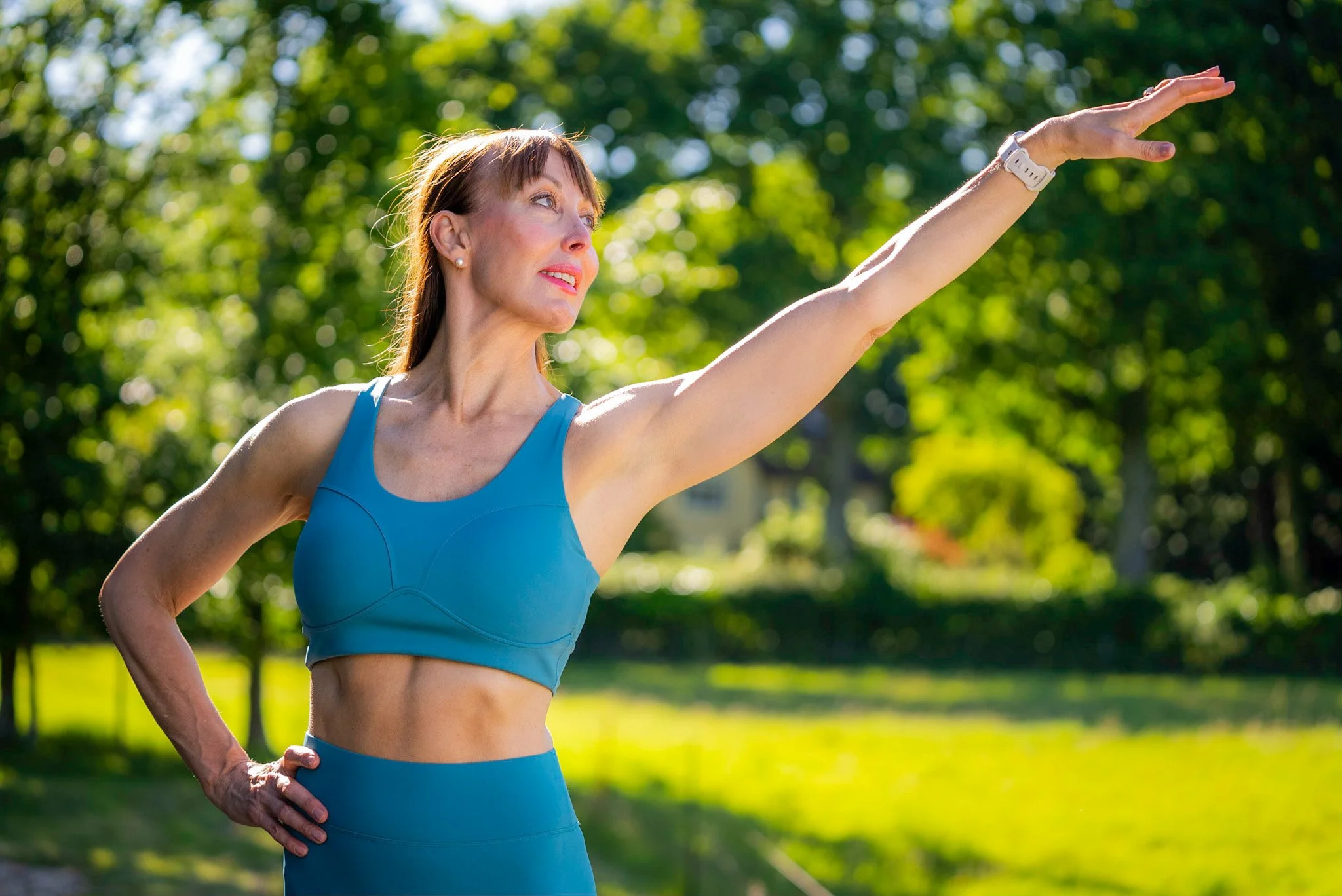Having just taught a Pilates workshop aimed at runners for lululemon UK in London, I thought it would be timely to follow up with some thoughts on exactly why core strength is so important if you run.
Run faster and further with less chance of injury
Whether your running is an occasional weekend pursuit, a regular part of your fitness week or indeed your profession having a strong core is vital not only for injury prevention but to increase your overall strength. Running is an easy way to keep in cardiovascular shape but there's no doubt your body can take a pounding due to the nature of it being high impact on the joints, as well as the potential to develop asymmetries. Body asymmetries develop from poor body mechanics which causes certain muscles to become overused, whilst others become underused resulting in a variety of ailments such as lower back pain, hip bursitis, knee pain, tendonitis, hamstring tears, strains and pulls.
The Core of the Matter
Runners like any athlete should view the body as a functional unit consisting of many parts which work together and have specific roles in performance as well as injury prevention. And at the centre of the body is the core, that area between the bottom of the rib cage and the pelvis. It's the epicentre of your power and deserves your attention and your time. All movement starts from the core, and when running it endures a considerable workload. The bottom line is if you're not strong in the middle you won't be powerful. For runners this core strength comes into play as a stabiliser of the body; being able to maintain good posture will maximise your performance and help avoid injury. Core stability is achieved through muscles that are strong but evenly balanced as well as flexible enough to enable the relevant joints to move through their full range of motion. And because everything in the core is connected, excessive tightness in any area can limit movement elsewhere and lead to injury. Tightness results in poor posture, and poor posture creates inefficiency. It's a vicious circle.
Why do Pilates?
Pilates exercises create a stronger, more flexible spine and core as well as promote faster recovery from injury. Good posture is dependant on a strong core, and whilst many knowledgeable athletes understand the importance of a good set of abs, they often neglect the other key core muscles of the lower back, hips, pelvis and bottom. Pilates will build up the back muscles evenly, align as well as elongate the spine for better stability, and increase overall flexibility, strength and balance. Pilates will increase the range of motion in hips and shoulders whilst strengthening them at the same time and it will expand the diaphragm. It will also enhance concentration through the focused breathing technique that is fundamental to the practice.
Performance Benefits
If you have a stronger, more stable core you will run more efficiently uphill with a stabilised musculature, run more efficiently downhill with a strong and more balanced sciatic area, experience less tightening in the neck and shoulders, and increase oxygenation and stamina with a diaphragm that is able to expand fully. You'll also decrease fatigue because of less strain on your body, and be able to focus on correct technique as you develop better kinaesthetic awareness. There’s no doubt core training can pay huge dividends and in the long run your body will thank you for it. And the best bit of all?
You'll shave seconds off your times because you simply move better and more efficiently.
Now that can’t be bad can it?
© Rachel Lawrence. All rights reserved. No reproduction without permission.















